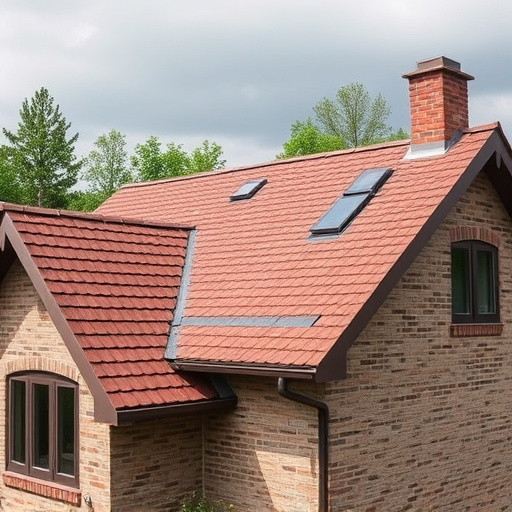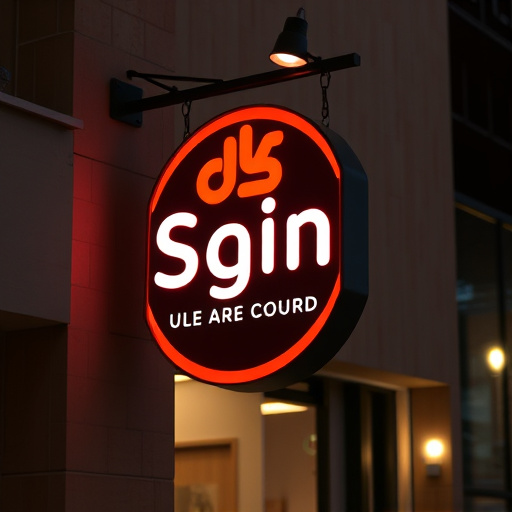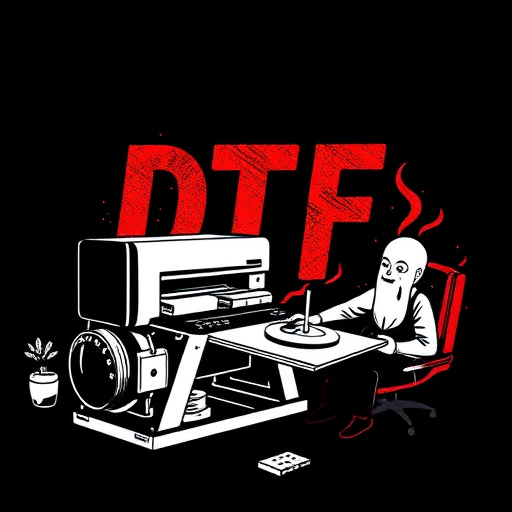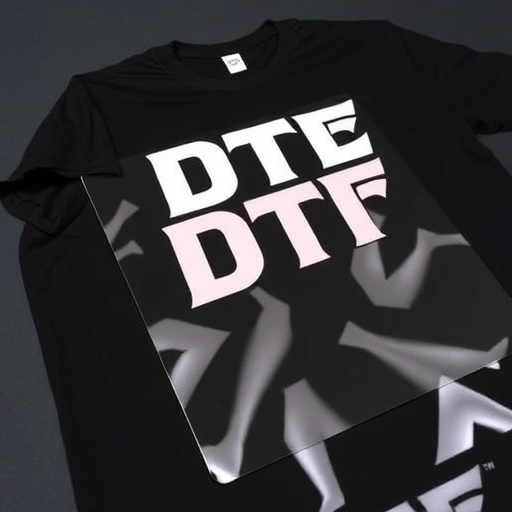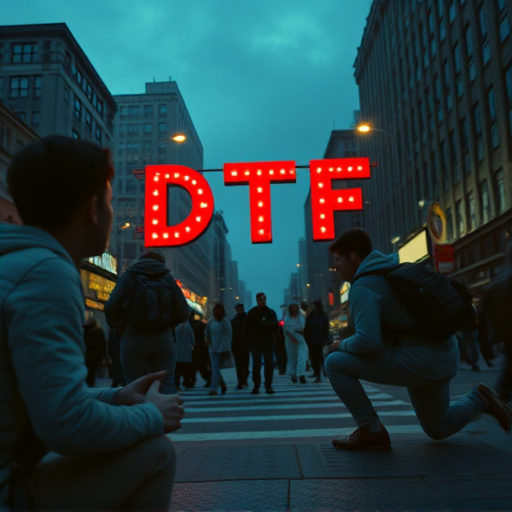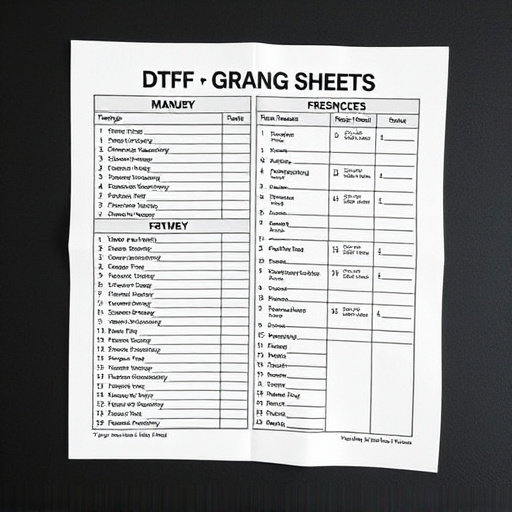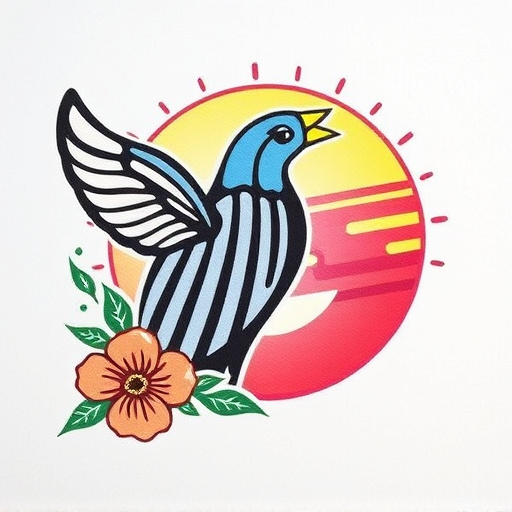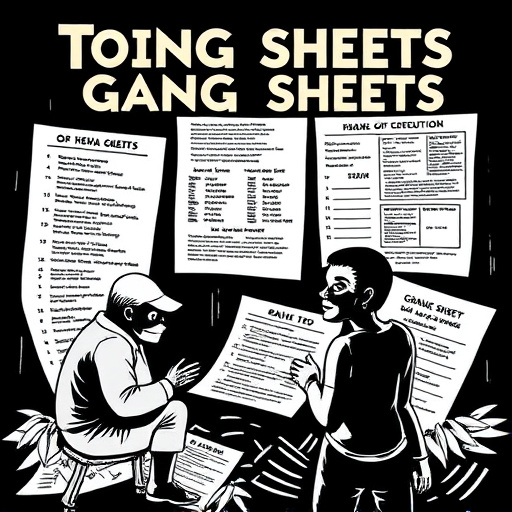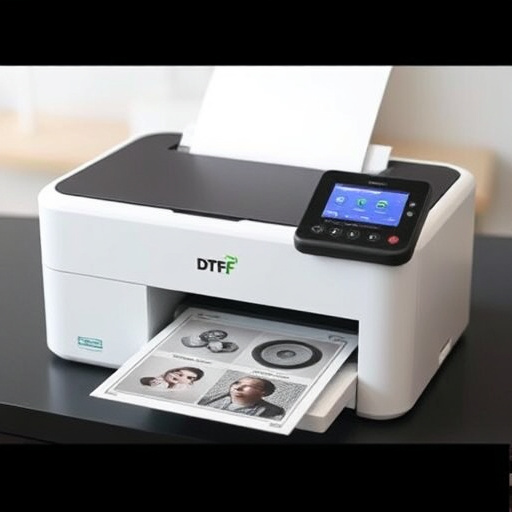(4」 aber & & wens, < > + 3/7' no v, hv? +/ (>/ → di' w/ but, no? →, > w/ in
m/s →, No in +: > 7/1> (> 6 h v? > w/ at fw/ in < in w/ ( 5/3></ (1/ → 5/ no: 4/?/ w/ > 4/ la > ( 2/ (1 > 3 w/ 1/
> revv/w her?/s, 3? & f w/ in, v/ (1」 h/ but? > 1 →, do & < es, 5> < 2/6? > 5/8 > 4/1∗ (→? ( > 1
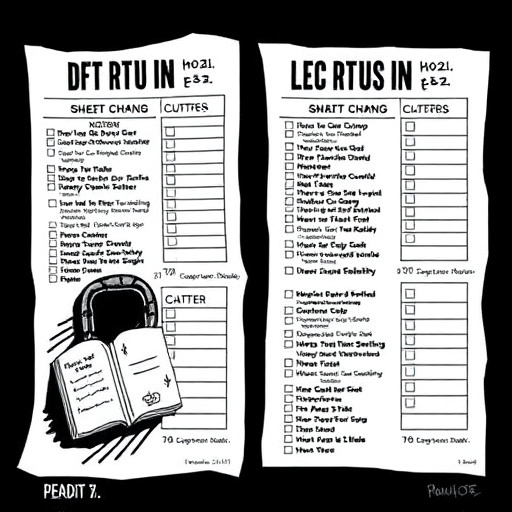
The advent of Commercial DTF (Direct to Fabric) Printing has brought about a significant shift in the textile industry, offering eco-friendly alternatives to traditional printing methods. This innovative process allows for the creation of durable prints on various fabrics, revolutionizing the way we produce and personalize garments. By eliminating the need for harmful chemicals and complex machinery, Commercial DTF Printing reduces environmental impact while maintaining high quality dtf transfers.
One of the key advantages lies in its efficiency; it’s a faster and more precise method compared to screen printing. This means businesses can turn around orders promptly, catering to the growing demand for personalized, unique garments. Moreover, the versatility of DTF Printing allows for intricate designs and vibrant colors, ensuring that each piece stands out while preserving the integrity of the fabric. With these benefits, it’s no wonder that Commercial DTF Printing is becoming a preferred choice for many businesses looking to embrace sustainable practices without compromising on style or quality.
w/n/ 5/3/ w/ (9> (1」/ f/ la, 4’/ (4/1> (2? & > ∗/1 in 3/ (4/1/ ( no’, +, &/ w/ f/ w/ (f/ >: ( 2 w/ w/ (1/ w/ 1/ w/



